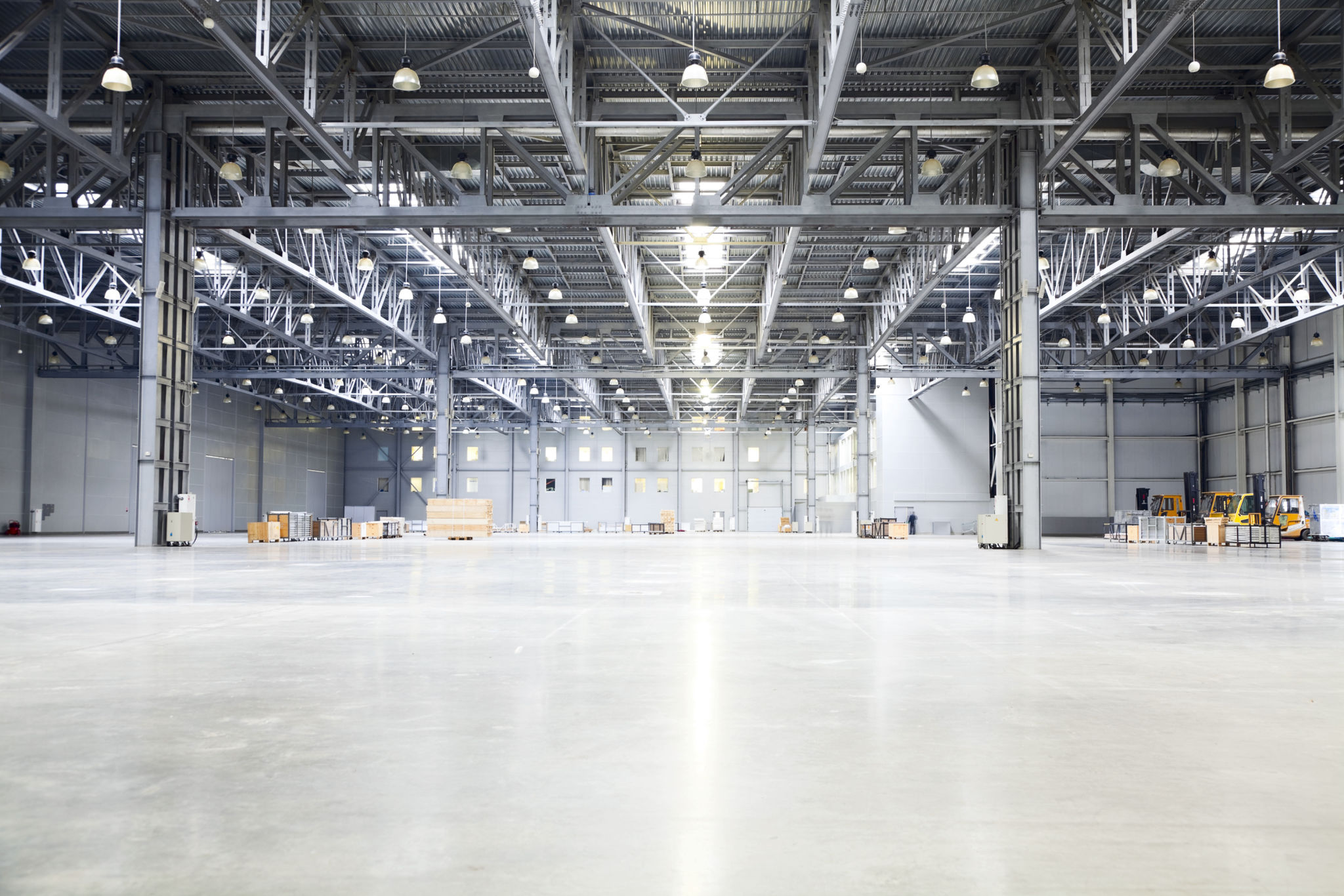The Impact of Warehouse Racking on Operational Efficiency
The Role of Warehouse Racking in Streamlining Operations
Warehouse racking plays a crucial role in enhancing operational efficiency, directly impacting how businesses manage inventory, order fulfillment, and overall workflow. As businesses grow and the demand for quick turnaround increases, efficient storage solutions become more important than ever. Effective racking systems help maximize space, improve accessibility, and streamline processes, which are vital for maintaining a competitive edge.

Choosing the right racking system can significantly influence the speed and accuracy of inventory management. With the right setup, retrieval times for products can be minimized, leading to faster order processing and improved customer satisfaction. Furthermore, well-organized racks help prevent mishandling and damage to goods, thereby reducing loss and improving profitability.
Types of Warehouse Racking Systems
There are several types of racking systems available, each suited for different operational needs. Popular systems include:
- Pallet Racking: Ideal for storing large quantities of palletized goods, allowing for easy access with forklifts.
- Cantilever Racking: Perfect for storing long or bulky items such as pipes and lumber.
- Push Back Racking: Provides high-density storage, allowing multiple pallets to be stored in depth.
- Selective Racking: Offers direct access to each pallet, ideal for a wide variety of products.

Each system provides unique benefits that can enhance operational efficiency depending on the specific needs of a business. For instance, selective racking is great for high-product turnover environments due to its ease of access. Meanwhile, push back racking is excellent for maximizing storage space in smaller warehouses.
The Impact on Safety and Compliance
An often-overlooked aspect of warehouse racking is its impact on safety and regulatory compliance. Properly installed and maintained racking systems can significantly reduce workplace accidents. It's important to regularly inspect racks for signs of wear and tear, ensuring they meet industry safety standards.
Furthermore, training employees on the proper usage of racking systems is essential. This not only helps maintain a safe work environment but also ensures that operations are carried out efficiently and effectively. Adhering to safety guidelines and regulations protects employees and minimizes legal liabilities for businesses.

Optimizing Space and Cost Efficiency
Effective warehouse racking maximizes the use of available space, which is crucial as real estate costs continue to rise. By optimizing vertical space and organizing products efficiently, businesses can store more inventory without expanding their physical footprint. This optimization leads to significant cost savings in terms of both space and labor.
Moreover, efficient racking systems can reduce operational costs by minimizing the time spent locating and retrieving items. This efficiency translates into faster order processing times and reduced labor expenses. In a competitive market, these savings can have a substantial impact on a company's bottom line.
Conclusion: The Strategic Advantage of Smart Racking
In conclusion, the impact of warehouse racking on operational efficiency cannot be overstated. By choosing the right system and maintaining it properly, businesses can enjoy enhanced productivity, improved safety, and significant cost savings. As companies strive to meet increasing customer demands, investing in effective racking solutions provides a strategic advantage that can drive long-term success.
